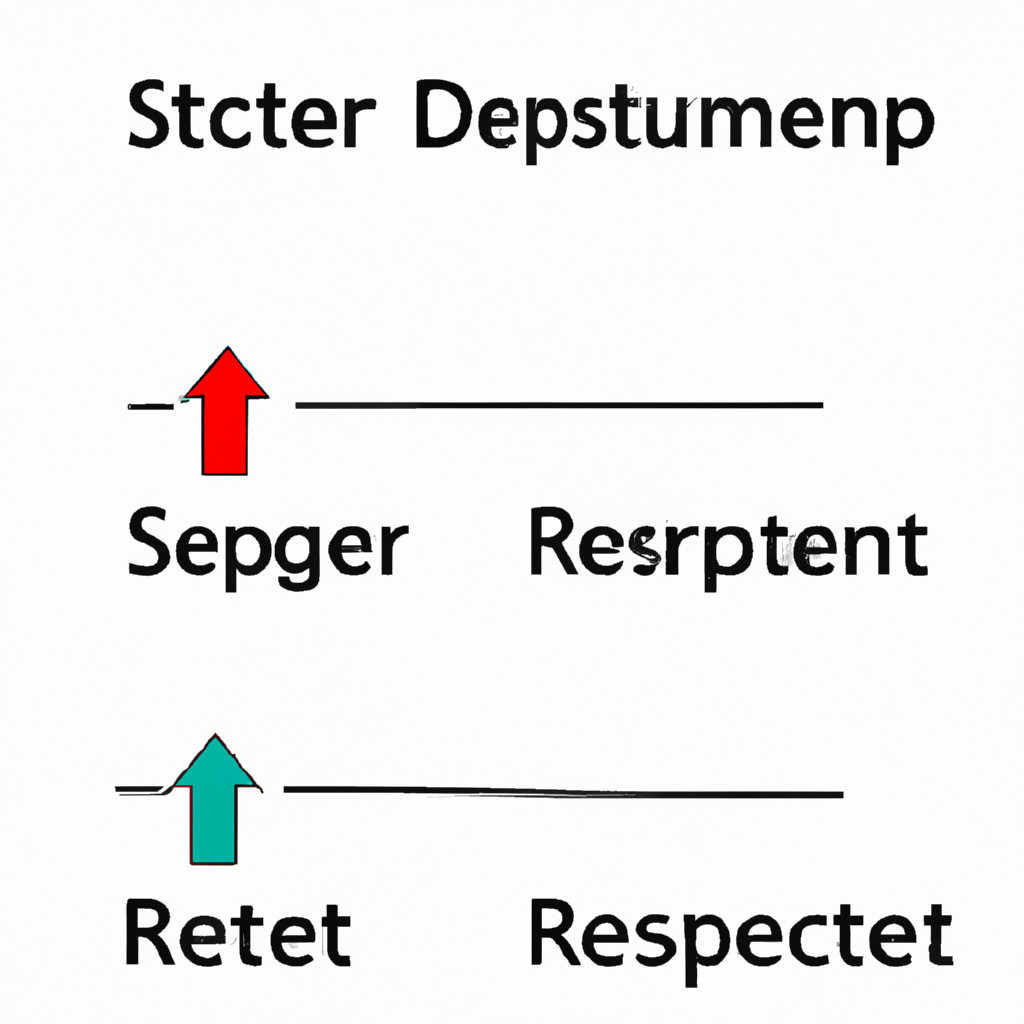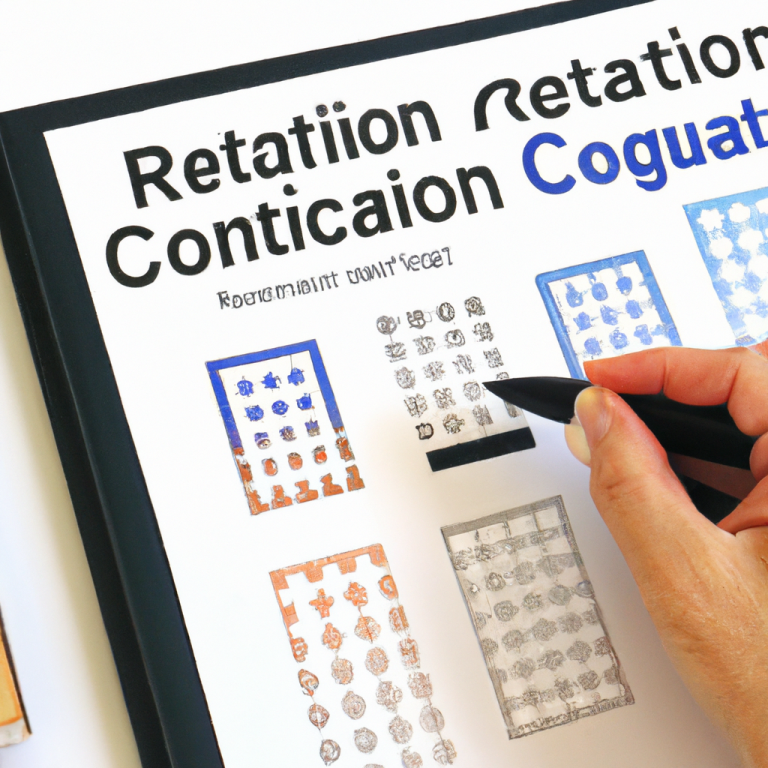Support and Resistance Level Strategies
Understanding Support and Resistance Levels
Support and resistance levels are key concepts in technical analysis that help traders identify potential price levels where the market may reverse or consolidate. Support levels represent areas where buying interest is strong enough to prevent the price from falling further, while resistance levels indicate areas where selling pressure is strong enough to prevent the price from rising further.
Using Support and Resistance Levels in Trading
Traders can use support and resistance levels to make informed decisions about when to enter or exit trades. By identifying key levels on a price chart, traders can set stop-loss orders, take-profit targets, and determine potential entry and exit points.
Support Level Strategies
- Identify key support levels on a price chart by looking for areas where the price has bounced off multiple times in the past.
- Consider buying near support levels with a stop-loss order just below the level to manage risk.
- Monitor price action near support levels for signs of a potential reversal, such as bullish candlestick patterns or increasing buying volume.
Resistance Level Strategies
- Identify key resistance levels on a price chart by looking for areas where the price has failed to break through multiple times in the past.
- Consider selling near resistance levels with a stop-loss order just above the level to manage risk.
- Monitor price action near resistance levels for signs of a potential breakout, such as bearish candlestick patterns or decreasing selling volume.
Conclusion
Support and resistance levels are valuable tools for traders to use in their technical analysis. By understanding these key concepts and implementing strategies based on them, traders can improve their trading decisions and increase their chances of success in the market.










